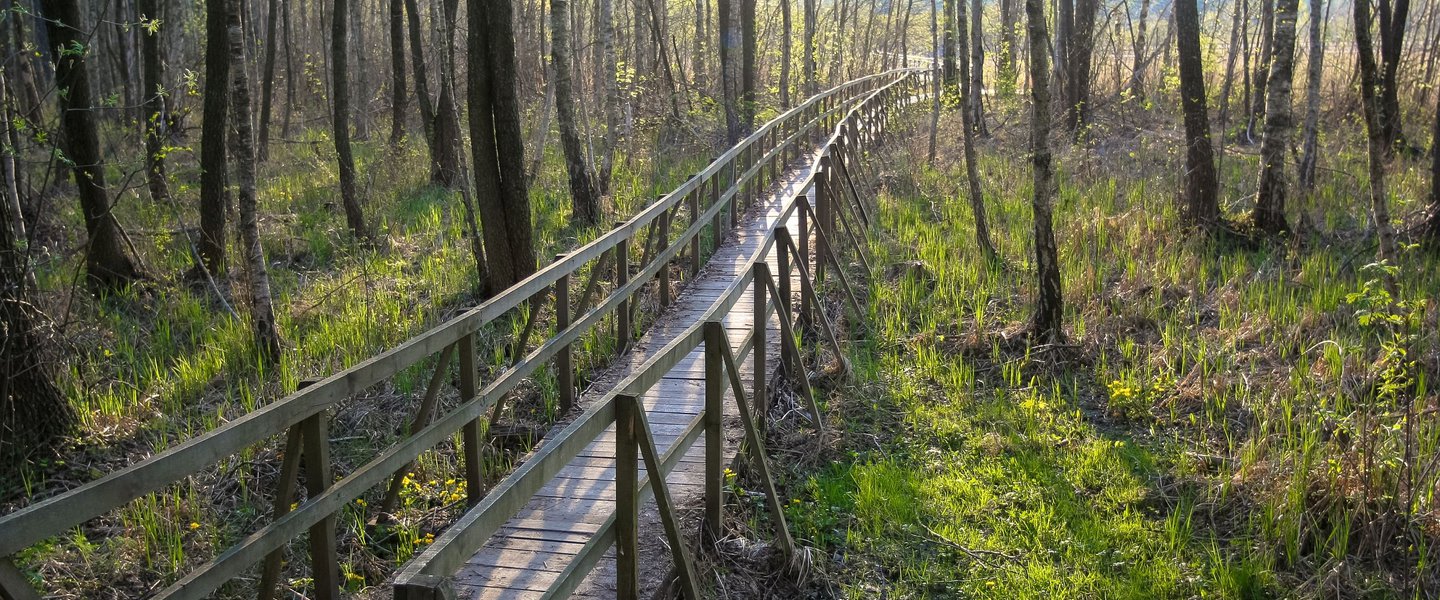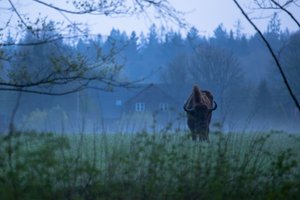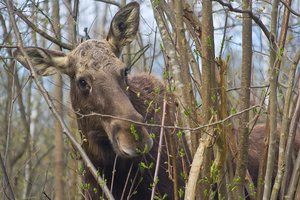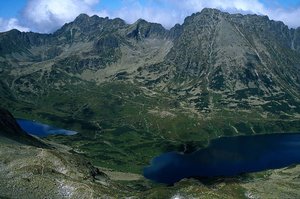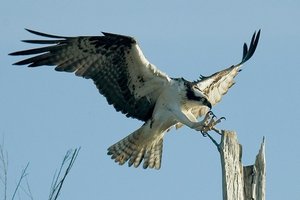On the trail of white-tailed eagle and horseshoe bat
The sites of Natura 2000 in Poland protect Europe's most valuable species and habitats.
The Natura 2000 network in Poland covers ca. 20 percent of the land area of the country, which ranks Poland 11th in Europe in terms of the total surface of protected areas. Introduced in Poland in 2004, after our access to the European Union, Natura 2000 is the most recent form of nature conservation. Areas protected within this network are present in all Member States. They are of various nature and use – from agricultural farms, through forests, national parks and landscape parks, to nature reserves.
‘In the case of Natura 2000, we regard nature conservation from the perspective of European needs and protect the species that are endangered in the whole continent,’ Michał Kiełsznia, General Director for Environmental Protection in Poland, told Polska.pl.
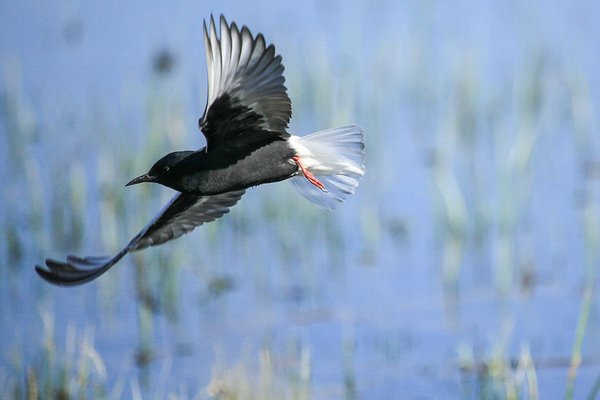 ‘Bans characteristic for nature reserves or national parks are not applicable there. Nature and people inhabiting Natura 2000 sites can co-exist. Only one thing is prohibited: activity that can harm the protected species.’
‘Bans characteristic for nature reserves or national parks are not applicable there. Nature and people inhabiting Natura 2000 sites can co-exist. Only one thing is prohibited: activity that can harm the protected species.’
Accordingly, if birds are protected, this does not preclude fishing or hunting in the area. Activities harmful to birds might include wind turbines, which should not be located in such areas, or hunting in the nesting season.
The process of designating Natura 2000 sites in Poland took exactly 10 years. Currently, the network encompasses 987 sites, including 849 habitats and 145 bird-related areas.
‘In the recent years, infrastructure has been dynamically developing in Poland,’ says Michał Kiełsznia. ‘Funds obtained from the European Union allowed for the implementation of many investment projects important to the country. We have developed legislation and procedures consistent with the EU regulations, including an efficient environmental impact assessment scheme, which allows for controlling the adverse effects of key investments on the Natura 2000 sites.
ALEKSANDRA STANISŁAWSKA
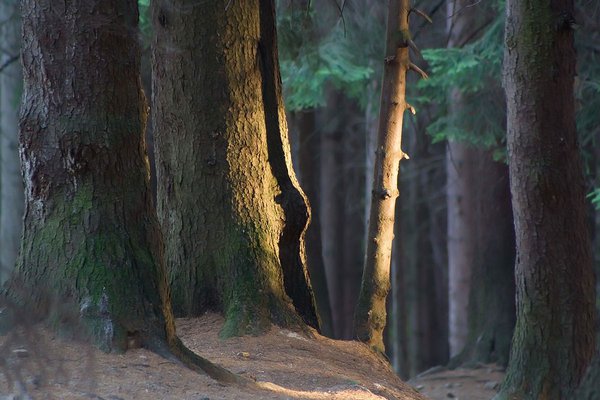
Five natural jewels in the Natura 2000 network
1) Bialowieża Primeval Forest
It is a unique area in the world – the largest mainstay of wild European wisent population, which includes the last well-preserved fragment of primeval forest in Europe. It is also a home to lynx and wolves, as well as a variety of birds, for which the Bialowieża Primeval Forest is one of the largest mainstays in Europe.
2) Mainstays of Beskid Wyspowy bats
These are unusual mainstays because they are located in the attics of old churches in the Malopolskie Voivodeship. They are home to bat species that are rare in Europe: the lesser horseshoe bat, the Geoffroy's bat and the greater mouse-eared bat. Their habitats can be visited by following the ‘Horseshoe Bat's Trail’ marked as a part of Natura 2000.
3) Vistula River Gorge in Małopolska
It encompasses the Vistula River Valley to the south of Puławy and Kazimierz Dolny. It is one of the few big rivers in Europe preserved in a relatively natural condition with old river beds, sandbanks and steep embankments. This area is a mainstay of water and marsh birds of European importance.
4) Bydgoski Channel and Middle Noteć River Valley
It encompasses the ice-marginal valley of the Noteć River with its old river beds, large meadows and marshes with mainstays of birds of European importance, including such rare species as the white-tailed eagle or black kite. It is also one of the main areas of bird migration in Poland.
5) Bieszczady Mountains
They contain the greatest number of protected species and habitats among all Polish sites of Natura 2000. They are the home of wolves, larynx, wildcats, European wisents and over 200 bird species. They are one of the most important mainstays of the golden eagle in Poland.
20.10.2014
